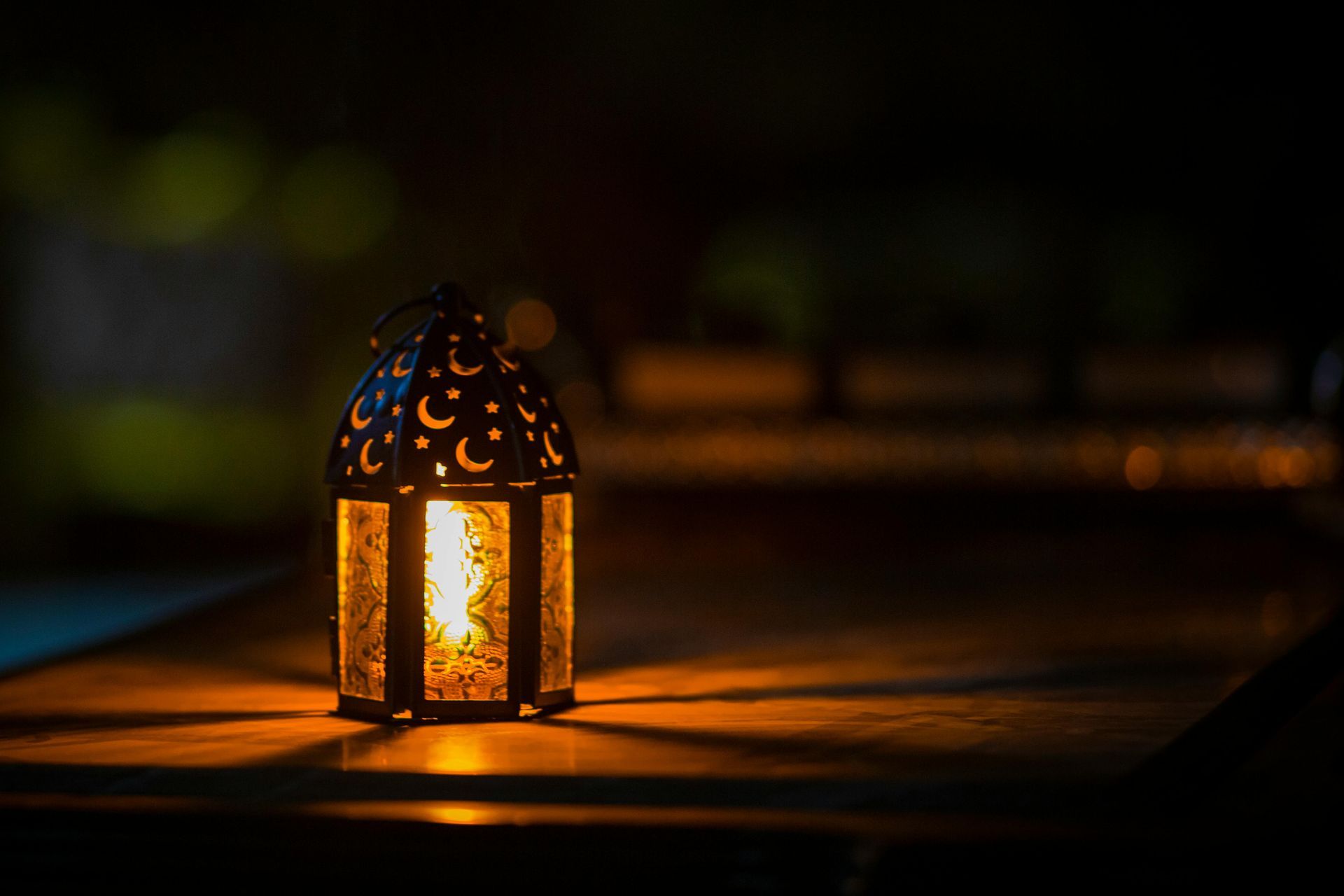TIPS TO BOOST FUND RAISING
Did your org hit a fundraising ceiling? Tips to break the barrier.

Masajid, Islamic Centers or community organizations typically struggle with meaningful fundraising beyond their routine operations or property acquisition goals. The result? Most lag in establishing a high impact and influential community in their localities. We will look at few ways to address this systematic problem within mosque-based organizations in the U.S.
Islamic Centers are growing in numbers across the country. A 2020 American Mosque Survey estimates that there are around 2,769 Masajid, up 31% from 2010. So the community is growing in numbers in almost every region in the country. But this growth does not seem to follow a larger cultural, social, economic or political impact within their respective localities. In fact, according to the same survey, most Islamic Centers are still run primarily by part-time volunteers.
The boards, leadership and the Imams generally point to the lack of community engagement and funding for not being able to reach their true potential. There is some truth in this, but it goes back to the leadership to provide a vision that inspires others to actively support beyond routine operational needs.
Early U.S. Muslim generations did an amazing job of establishing a strong foundation and opportunity to thrive for the next generations. But the later generations could not truly adapt to changing dynamics and still run Islamic Centers in a survival mode. The current centers are definitely larger, better built, and bigger, but still unable to reach their true potential within their localities.
Here are five tips to help boost impact and fundraising.
THINKING OUTSIDE OF SELF-CENTERED VISION
Majority of Islamic Centers are established with a very narrow self-serving mission. Instead of placing themselves to serve the larger communities, the centers are established as "safe places" for Muslims to come together and pray. This mindset seemingly overlooks that the Prophet Muhammad (peace and blessings upon him) was sent as a blessing for all, not just Muslims. When the leaders establish their Masajid with such limited mindset, they automatically cut their organization with all the potential and benefits that the locality offers.
BE AMAZINGLY AWESOME AT 1 - 2 THINGS
While the vision is narrow, most Islamic Centers try to be every thing for everyone. The leadership proudly boasts about the wide array of programs that are offered with no distinct specialty in any area. This is a tremendous drain on resources and conveys to donors that there's no real passion or mission. By trying to offer everything for everyone such as evening classes, Sunday school, YouTube channel, family counselling, events, dawa, youth programs etc. every service is delivered in a mediocre manner. There's no clear reason for donors to invest beyond routine operational needs, because they can't conceive any depth or special meaning. The younger generation starts growing up with a perception that for real guidance they need a professional, because their Islamic center is just a place to hang out for below average activities. As a result, there is no real loyal donor-base or intellectual curiosity to bring investments in deeper growth. The broad range of "activities" fail to attain any meaningful focus for fund development. There's also a growing trend among many centers around content creation and social influencing which begins to ignore one's own backyard in aspiration of national exposure and publicity. Probably good in the short-term, but lacks strong institutional foundation that is needed to drive meaningful transformation.
DEEPER ANALYTICS AND RESEARCH ARE VITAL
Surveys about event quality and programs are great, but deeper learning of demographics, regional issues, neighborhood and policy understanding is vital. The Islamic Center is not operating in a vacuum. While supporting the establishment of faith and Masjid, it should also be a beneficent partner in their localities and neighborhoods. Understanding these dynamics and key pain points allows for growth beyond funds into influencing policy making framework.
INVEST IN PEOPLE
Generally fundraising efforts are limited to property expansion or improvements either for the Masjid or the school. Most do not think or fail to communicate the need for investing in the people running the organization. There are almost no investments in development and growth of Imams, trustees, board or committee members. Although the property and building sizes continue to increase, the real development and impact is far behind its true potential. Due to lack of professional training, the leaders and Imams struggle to avail full potential that their community offers. Lack of investment in people and staff is a major cause for Islamic Centers lagging behind in attracting best talent or take full advantage of the potential of existing teams.
TRIM THE BOARD, STRUCTURE FOR SKILLSETS, AND IMPROVE DECISION MAKING
Many centers are bloated with dozen or more board members and trustees. It is probably setup with the noble intention of including everyone in the community. But too many chefs in the kitchen results in slow progress, hurt egos, confusion, and lack of effective decision making. The governing board for most Islamic community centers should be no more than 6 - 7 people. Even is better than odd number, so every decision is based on a clear majority consensus. The board member skillset MUST align with the vision and mission of the center. For example, if the vision and mission is development of dawah, then a board comprised of doctors and investment professionals will unlikely be able to drive towards a true impact.
While the nation bounces from one extreme to another, the opportunity to serve and benefit all is widely available. The 2,700+ Islamic Centers across the country are a sign of great foundation that earlier generations established. It is the duty of current leadership and generation to drive for true impact that takes the best U.S. offers and drive changes where communities need guidance. This true impact and growth requires significant resources to accomplish. The five tips provide a broader blue print for this transformation.








